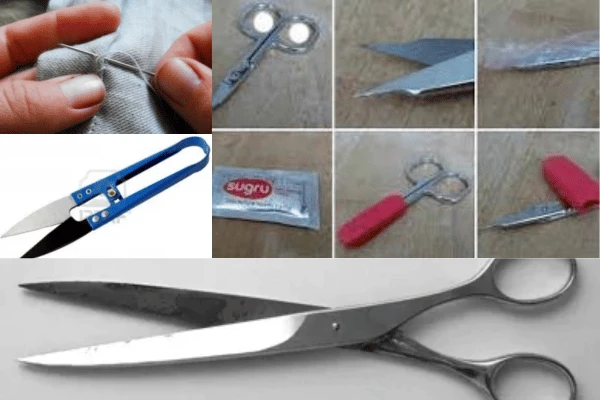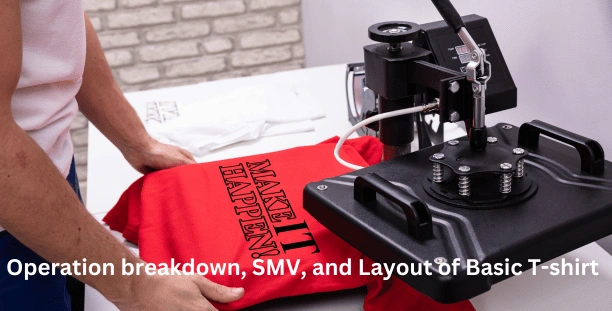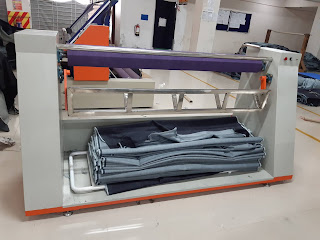Metal Components, Tool Control and Hand Sewing in Garments Industry
In the garments industry, Metal Components, and any tools are very hazardous. If anything goes with the clothes mistakenly; it will be dangerous for the users who use them. We have set some procedures to follow that ensure product safety from metal and tool components; and how to use hand sewing. That is why we presenting here a procedure for Metal Components, Tool Control, and Hand Sewing using processes in the Garments Industry.

Metal Components and Tool Control Process In Garments
- Metal staples, metal pins, and paper clips must not be used in the production and packaging areas.
- Scissors, trimmers, tweezers, metal tools, and other production tools must be attached to the workstation securely. Tools that cannot be securely fastened to workstations must be controlled by using a tool board, tool log, and other adequate methods.
- Metal components such as snaps, shanks, buttons, burrs, etc. must be stored in clearly marked boxes and taken off the production floor if not in use and stored in a secure area.
- Metal devices used in the cutting section must be controlled using tool logs.
- Threading wires for overlock machines should be held by the mechanic only. If it is necessary for the machine operator to hold the threading wires, the mechanic or supervisor must count them out at the beginning of a shift and count them back in at the end of the shift.
- Spare parts or tools must be stored away from the sewing floor
Hand Sewing Using Procedure in the Garments Industry
This section applies to apparel production only. If we need to use hand sewing then how to maintain that:
- Hand sewing is not allowed on apparel for all Children’s Sizes.
- Hand sewing on adult apparel sizes must only be used where an automated solution is not feasible.
- If a factory cannot perform machine sewing according to design, factory managers must consult with the Technical Representative during the initial stages of product development about the feasibility of hand sewing on adult sizes and footwear. If an agreement is made to modify the design to allow hand sewing, this agreement must be recorded in writing.
- The line supervisor must hold all hand sewing needles, issue them at the beginning of each shift, and collect them at the end of each shift.
- Establish procedures for replacing broken/lost hand sewing needles. Maintain records for both broken and lost needles.
- Any hand sewing on adult sizes must take place before metal detection is performed on a product.



